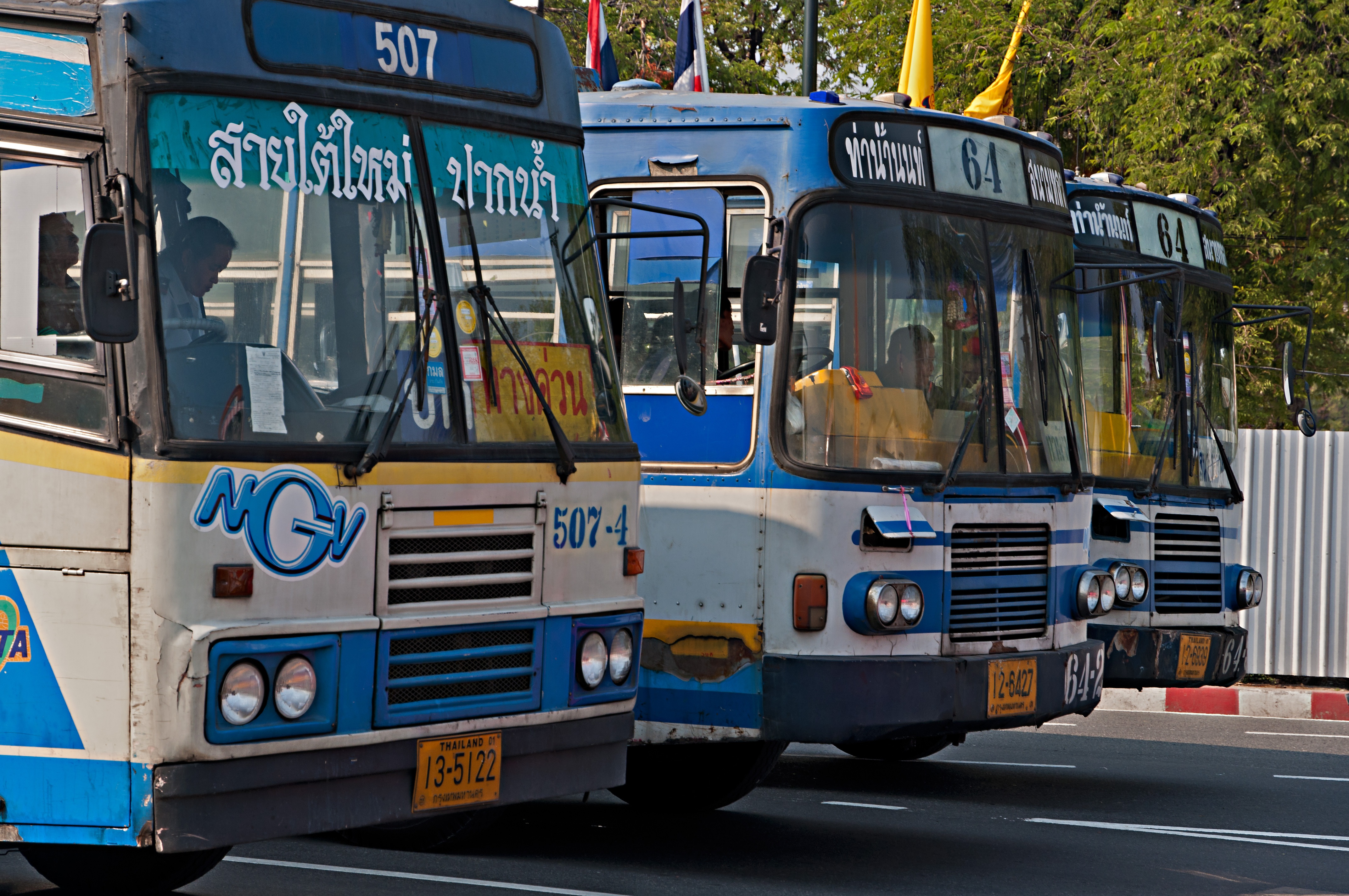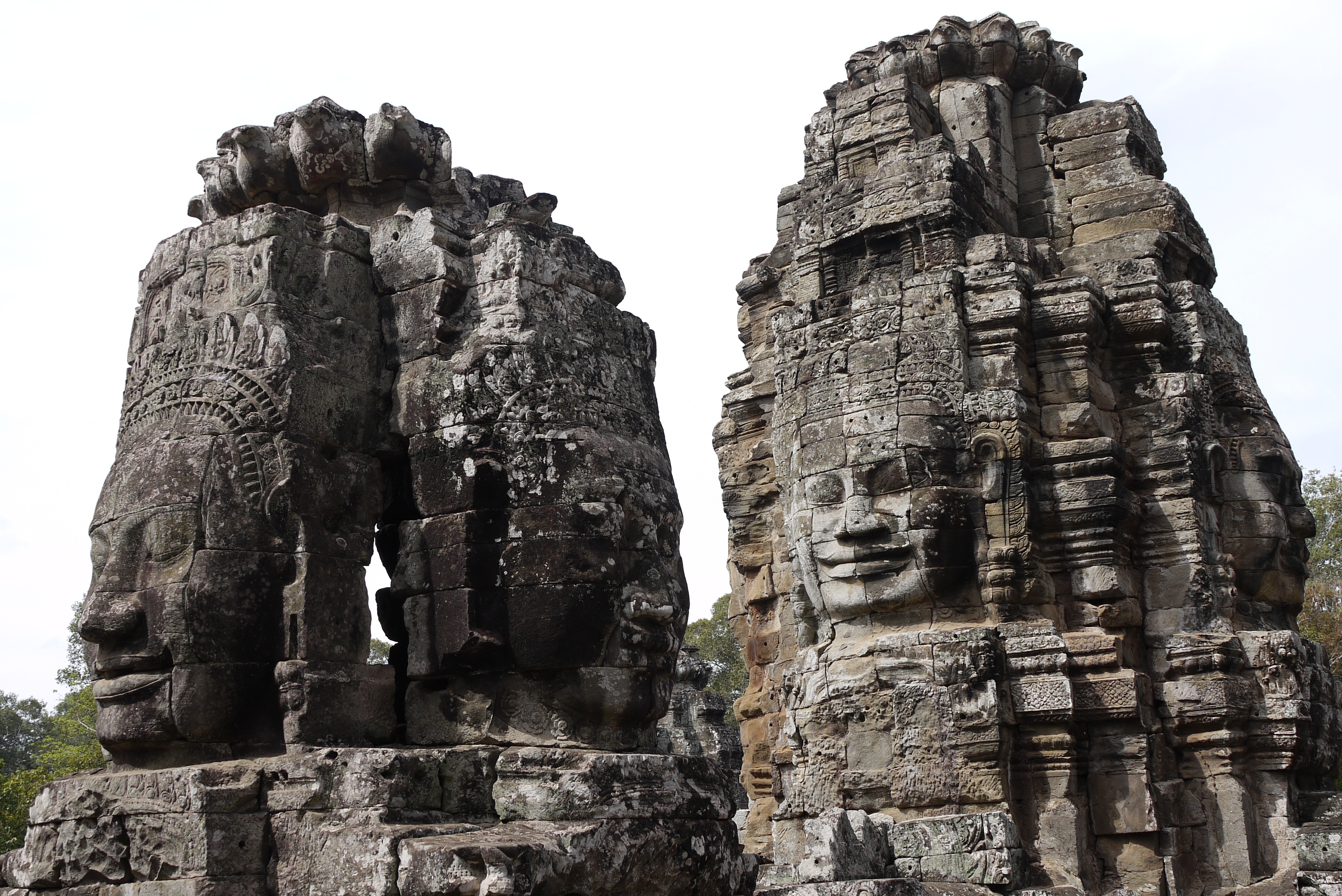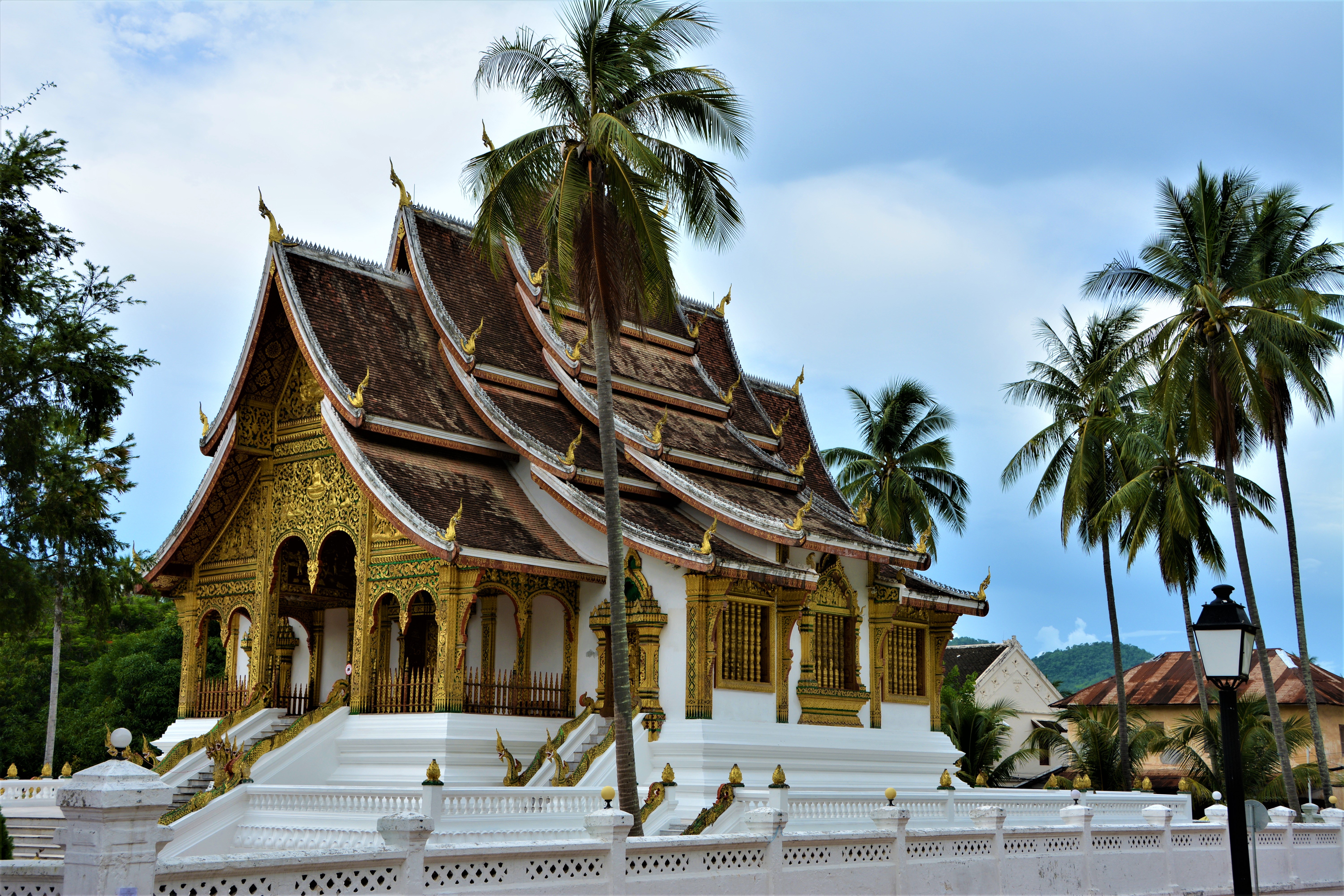Traveling in Southeast Asia is always an adventure. One of the pleasant surprises for travelers within this region is the ease of transportation and the affordability of getting around.
The big cities are well connected with buses and trains; the ubiquitous tuk-tuks pick up the slack. Moving between countries is simple enough with a host of local airlines to choose from at prices that can hardly be believed.
The trick is not to pre-book everything. Resist the urge to organize every aspect of your on the ground journey before you leave home unless you are on the very tightest of schedules. Not only will your flexibility be increased, you’ll save money as well. You can book some of the bus trips in advance (the ones you know are set in stone) but as for the others, download our app and book your tickets on the go. This way you can avoid big lines, language barriers and the overall stress of getting everything done in time and simply book in a few clicks from the comfort of well, wherever you are!
There are many amazing local bus companies that Busbud partners with to give you, our users, the best possible searching and booking experience. 12go Asia, Bookmebus and Camboticket are all on the ground bus experts in the region, and we are proud to give you access to booking their routes in your preferred language, currency and on your preferred platform. You will find below some information given by our local experts about the different bus classes and amenities in the region.
Buses in Thailand
Local buses
Local buses connect towns and villages within one province or sometimes within two neighboring provinces. A local bus may be air-conditioned or equipped with fans only; it may have soft reclining seats or hard, bench-like seats and they usually run on a specific schedule or only leave when full. Use these when you are planning to travel within a smaller city for more than just a few days.
There is no need to book tickets for a local bus in advance – or rather it is impossible to do that. Buy tickets at the bus station before the departure. Prices are usually surprisingly low, but do not expect extra comfort. Normally the distance the local buses travel does not exceed 100 km, making the whole trip bearable. Note though, that a local bus will stop a hundred times on the way to its destination to let people in or out. When all seats are taken people will stand in the aisle or, at night, lie on the floor.

Express buses
Express buses are normally interprovincial long-haul buses. Some bus companies mark them as ‘standard class’, ‘second class’ or ‘third class’ buses too. Quite often, to reach their destination, express buses travel through many provinces. The length of the route and travel time of such buses varies greatly as they need to stop within provinces to pick up and drop off passengers. These are the types of buses you will have to take to travel within provinces to different cities. It means that express buses spend more time to cover the distance they have to travel than you can expect. E.g. Bangkok–Trat express bus needs at least from 8 to 10 hours to travel the distance just under 400 km but the price is definitely worth it.
Express buses have from 46 to 54 soft reclining seats and provide toilets on board. That being said, on longer routes water and/or snacks may be served and buses make several stops at large gas stations where you can use toilets or stock up on snacks in convenience stores.
VIP & VIP24 buses
VIP buses are the most comfortable and sometimes even luxurious way to travel by bus in Thailand. VIP buses are interprovincial long-haul buses linking Bangkok to all the provinces around the country. If you travel the length of the country from south to north, you will have to connect via Bangkok; it may not be necessary if you need to get from the North to Isan. These are the buses that are affordable and recommended for longer trips.
VIP buses usually have from 32 to 40 soft seats that recline to an angle of 125 degrees and ensure decent spacing to make you feel comfortable during the trip. Some buses provide massage seats and almost all of them offer pillows and blankets on longer and especially night routes. Toilets on board come as a standard, though you may prefer to wait until your bus makes a stop at some large gas station where you find cleaner toilets and a choice of snacks to buy.
Water and some snacks are normally served on every route, and your bus ticket/boarding pass may qualify as a lunch or dinner voucher at the pit stop. As a rule, such stops last from 20 to 30 minutes. Long-haul buses departing after 8pm often stop for ‘dinner’ well after midnight, which is in fact quite an unusual time for foreigners to have a meal. On some routes, lunch or supper is served on board in lunch boxes containing some rice with curry.
If you are used to sleeping while on the move, you may find night VIP buses a great way to travel; though you still can find it difficult to sleep comfortably through the whole trip: if it is not the TV or fellow passengers keeping you awake, then it will be the noise and the lights they turn on for every stop they make.
VIP24 or VIP32 are the most expensive and most comfortable buses on offer. Normally, they have only three seats per row instead of usual four, which means more space and larger seats. Some of these VIPs feature personal entertainment stations in the form of screens; some have USB ports or power outlets. If you can afford it, we would highly recommend travelling by VIP24 buses. Regardless the price, seats sometimes sell out a couple of days prior to the departure date.
Note that VIP buses are also the fastest way to travel as they make only few stops en route bringing you to your destination in the shortest time possible. The second thing to note about VIP buses is that it can be freezing cold inside and even blankets they hand out do not always help; so it makes sense to pack a jacket or a sweater.

Buses in Cambodia
Mini Van and VIP Van
The Toyota Hiace and Ford Transit brands are very popular among bus companies in Cambodia. The maximum passengers of both van are 15 passengers, making it more comfortable and less packed than a usual coach bus.
Hotel Bus, Sleeping Bus and Luxury Bus
Hotel Bus: The seat is adjustable 100% incline (lying flat).
Sleeping Bus: The seat is adjustable at a 70% incline.
Luxury bus: The seat is adjustable (100%) with more space between the rows.
If you are traveling across a border entering or exiting Cambodia it is important to take note of the following: if you are travelling with a Direct Bus, the staff on board will take care of collecting your Passport and arranging your visa. You do not need to get off the bus in order to cross the border. In case your bus is not direct, you will need to exit your bus at the border and arrange your visa with your Passport by yourself. Another bus will be waiting for you on the other side of the border.
Most buses in Cambodia play movies in various languages or Khmer television. It’s likely that you’ll also be treated to a few hours of Khmer karaoke videos, a true window into the culture of Cambodia. If this is a window you’d rather keep closed, bring a pair of ear plugs.
Most buses are air-conditioned, often to an extreme, so bring a sweater as well. Some buses do have bathrooms on board, but most do not. The ones that don’t will stop every hour or two at rest stations that have toilets–they often do not have toilet paper, so bring some of your own if you require it. Rest stations also sell snacks, including fresh fruit, hard-boiled eggs, and prepared Khmer food. Each stop will last 10 to 20 minutes, but keep your eye on the bus, as the driver won’t necessarily notice if you haven’t made it back to your seat before they take off.

Buses in Laos
As Laos has no train system apart from the very short distance cross-border train from Nong Khai in Thailand to Tha Naleng station in Vientiane, buses are the main form of transportation for long distance trips in Laos. The bus network covers all provinces, though the density is not that great. Buses (government-owned) operating out of Vientiane Capital cater mostly to the capital’s outlying districts with a service to few towns out of Vientiane such as Vang Vieng, Xiengkhuang, Thakaek, Savannakhet or Pakse.
Many private companies offering VIP buses have newer looking, more comfortable buses with better service, and more frequent departures. They provide buses connecting Vientiane (bus stations) with main hubs like Luang Prabang and Pakse.

Buses in Vietnam
Whichever class of bus you’re on, bus travel in Vietnam is never speedy – plan on just 50km/h on major routes, perhaps 60km/h on Hwy 1 – due to the sheer number of motorbikes, trucks, pedestrians and animals competing for space.
Cities can have several bus stations, and responsibilities can be divided according to the location of the destination (whether it is north or south of the city) and the type of service (local or long distance, express or non-express). Bus stations can look chaotic but many now have ticket offices with official prices and departure times clearly displayed. It is still advised to buy your ticket online or on your phone to avoid the long line ups, sold out buses and language barriers.
Deluxe Buses
Modern air-conditioned buses operate between the main cities. You can be certain of an allocated seat and enough space.
Most have comfortable reclining seats, others have padded flat beds for long trips. These sleeper buses can be a suitable alternative to trains, and costs are comparable.
Deluxe buses are nonsmoking and some even have wi-fi. On the flipside, most of them are equipped with TVs and some with karaoke machines. Ear plugs and eye masks are recommended.
